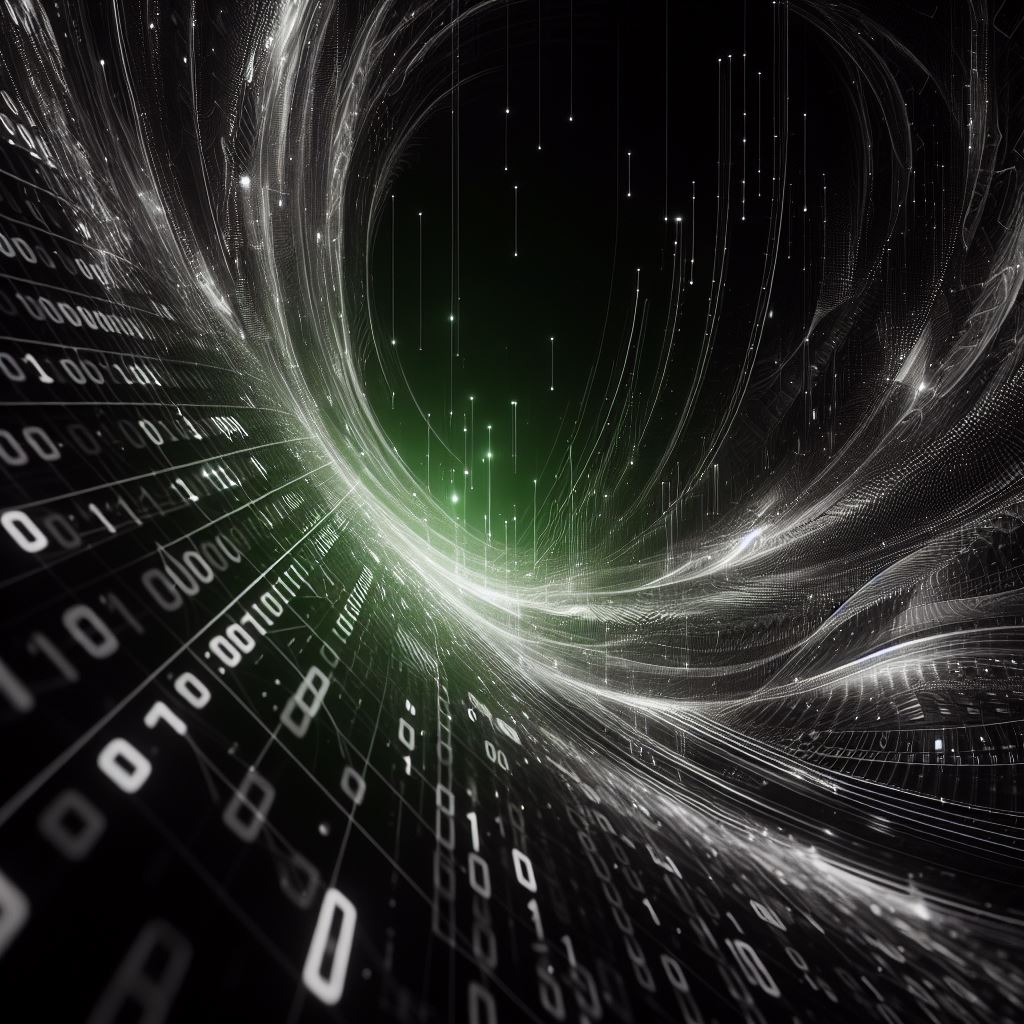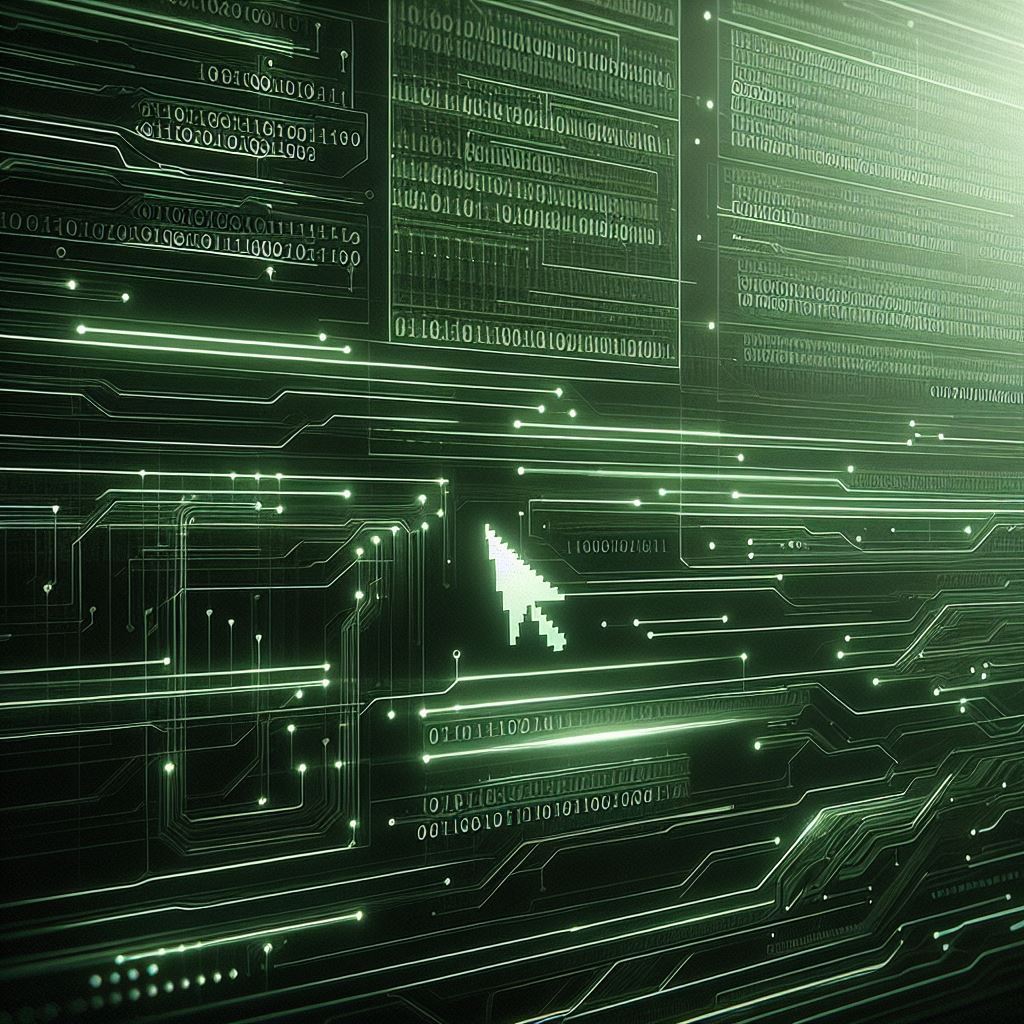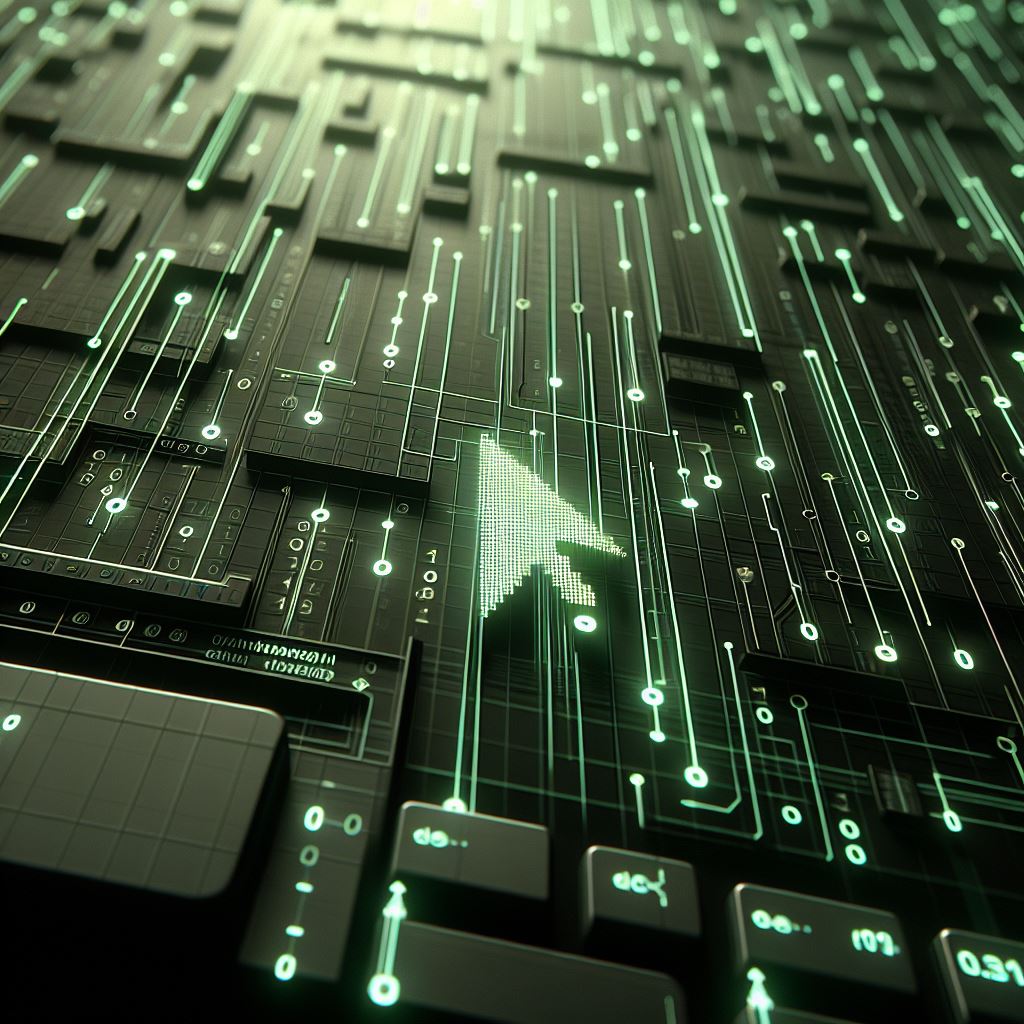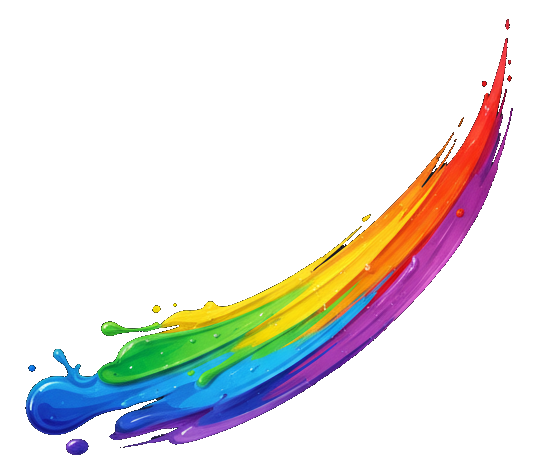Binary
Description:
Binary is a base-2 numerical system that uses only two digits, 0 and 1, to represent numbers and information. In the context of computing, binary is fundamental because it serves as the foundation for representing and processing data within digital computers. Each digit in a binary number is referred to as a “bit” (short for binary digit).




Basic Use:
Binary is used in computing in the following ways:
- Data Representation: In digital computers, all data, including numbers, characters, and instructions, is represented in binary form. This is because computers use electronic circuits that can distinguish between two states, typically represented as 0 (off) and 1 (on). For example, in memory and storage devices, data is stored as a series of binary bits.
- Arithmetic Operations: Computers perform arithmetic and logical operations using binary numbers. Addition, subtraction, multiplication, and division are carried out using binary representations of numbers.
- Digital Signals: Binary is used to represent digital signals in telecommunications and networking. Electrical or optical signals are transmitted as sequences of 0s and 1s, allowing for reliable data communication.
- Machine Language: Computer processors execute instructions written in machine language, which consists of binary codes that represent specific operations and data manipulations.
Converting to Decimal:
Converting a binary number to decimal involves adding the decimal values of the binary digits. Each digit’s value is calculated by raising 2 to the power of its position from right to left (starting at 0 for the rightmost digit).
Example: Convert (1101_2) to decimal.
- (1 \times 2^3 + 1 \times 2^2 + 0 \times 2^1 + 1 \times 2^0 = 8 + 4 + 0 + 1 = 13_{10})
Converting to Binary:
To convert a decimal number to binary, you repeatedly divide the decimal number by 2 and record the remainders in reverse order until the quotient becomes 0.
Example: Convert (25_{10}) to binary.
- (25 \div 2 = 12) with a remainder of 1 (LSB)
- (12 \div 2 = 6) with a remainder of 0
- (6 \div 2 = 3) with a remainder of 0
- (3 \div 2 = 1) with a remainder of 1
- (1 \div 2 = 0) with a remainder of 1 (MSB)
So, (25_{10}) in binary is (11001_2).
Binary is fundamental to computing because it provides a simple and efficient way to represent and manipulate data in the digital world. Understanding binary is essential for computer scientists, programmers, and anyone working with computers.
Extra
10010110
Binary Lesson
Decimal to Binary Conversion
Binary to Decimal Conversion
| 128 | 64 | 32 | 16 | 8 | 4 | 2 | 1 | |
|---|---|---|---|---|---|---|---|---|
| Binary: |
